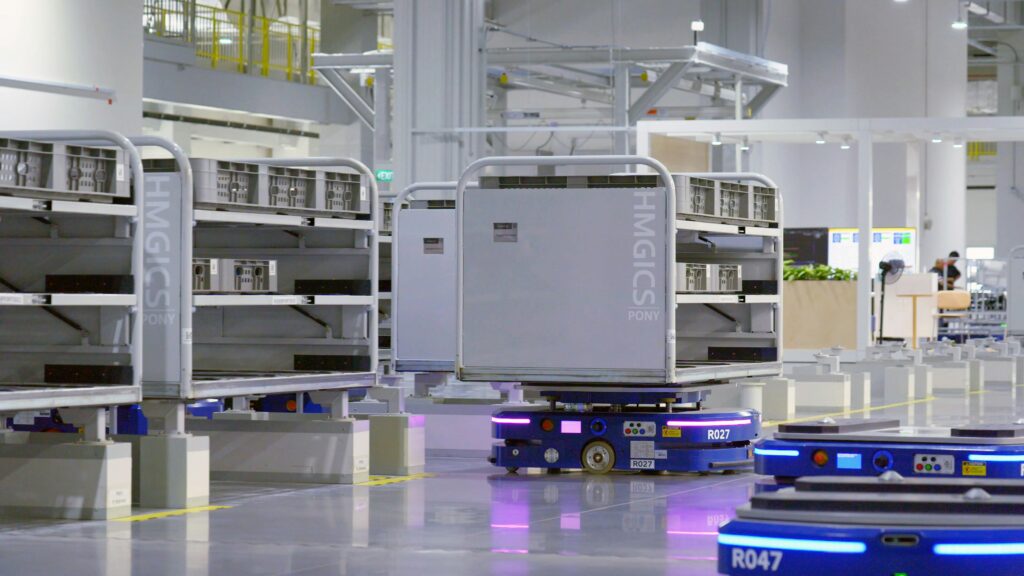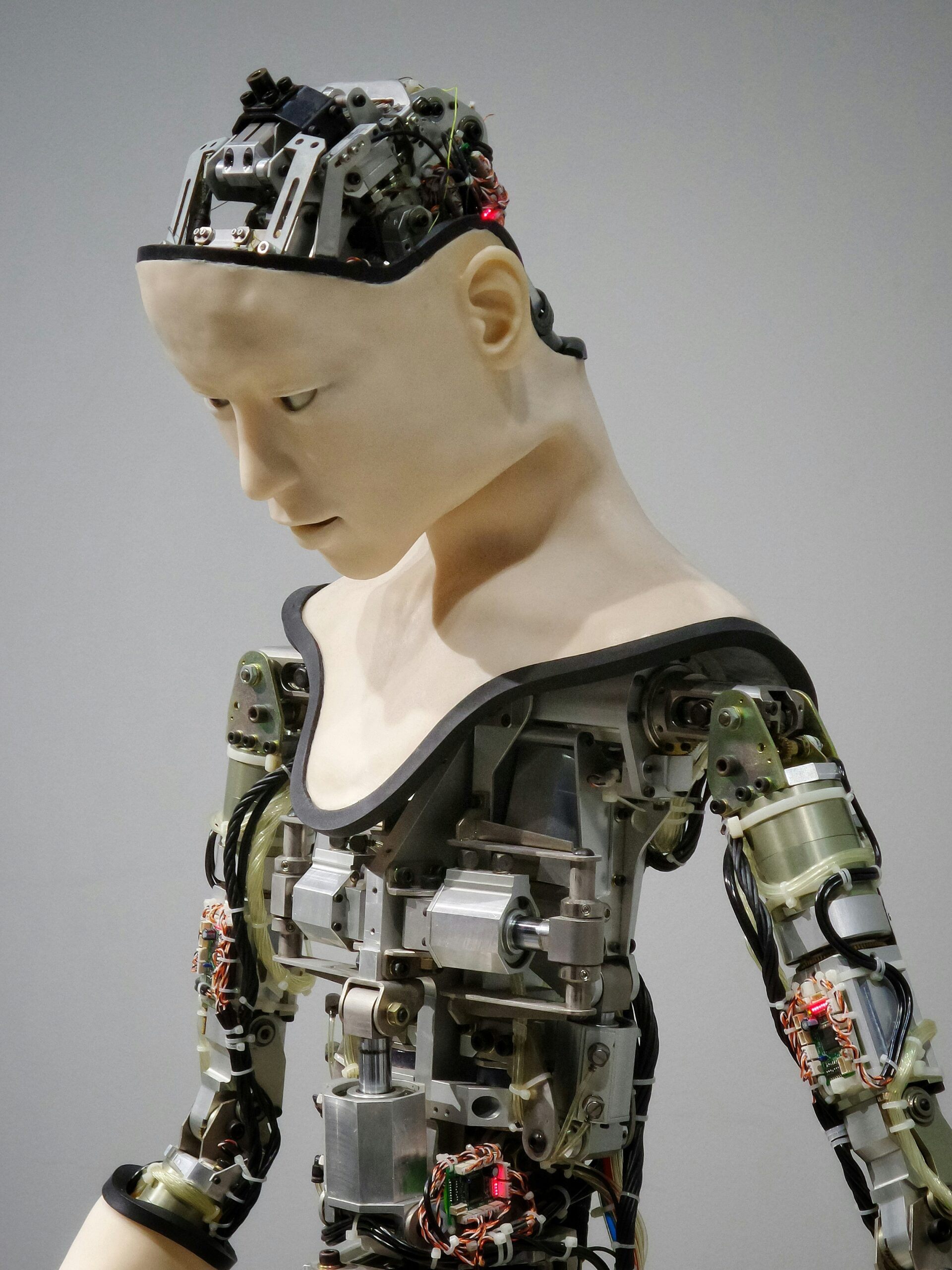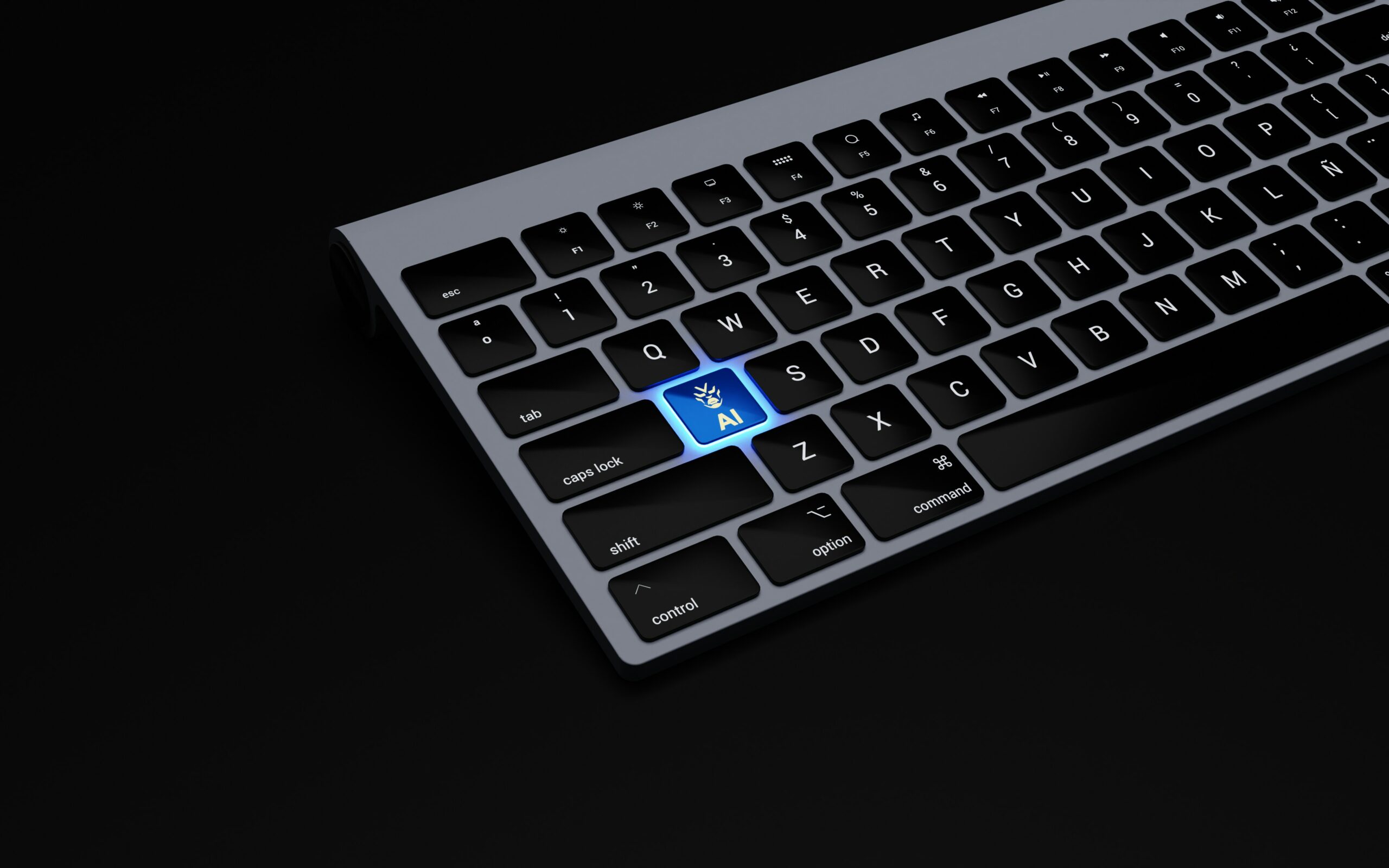Exploring AI-Augmented Creativity: How Technology is Transforming the Creative Process
Understanding AI-Augmented Creativity AI-augmented creativity refers to the integration of artificial intelligence (AI) tools and technologies into the creative process, enhancing and transforming how individuals express and explore their artistic visions. This innovative approach does not aim to replace human creativity; instead, it complements and amplifies it by providing support and resources that allow creators to push the boundaries of their craft. Across various fields, including art, music, writing, and design, AI technologies serve both as co-creators and facilitators, ultimately reshaping the creative landscape. At its core, AI-augmented creativity embodies a collaborative relationship between human artists and digitally powered systems. This partnership utilizes advanced algorithms and machine learning techniques to generate new ideas or suggest alternative perspectives that might not have been considered by a human creator alone. For example, in visual arts, AI tools can analyze existing styles and generate new artwork based on different influences, providing artists with fresh inspiration or potential variations to explore. In music composition, AI can analyze vast libraries of sound and genre-specific trends to assist composers in creating original pieces that maintain coherence with established musical norms, while still introducing innovative elements. Similarly, in writing, AI-driven software can assist authors in brainstorming ideas, refining narratives, or even generating text, thereby streamlining the creative process and allowing writers to focus on their unique voice and storytelling techniques. Furthermore, designer applications integrate AI systems that help streamline workflows and enhance productivity by automating repetitive tasks, allowing creatives to dedicate more time to imaginative thinking and conceptual development. Through this integration, AI serves as a valuable resource, enabling creative professionals to explore new realms of possibility, refining their ideas and ultimately producing work that resonates on deeper levels with audiences. The Role of AI in Different Creative Disciplines Artificial intelligence has permeated numerous creative disciplines, revolutionizing the way artists, musicians, writers, and designers conceptualize and produce their work. One significant area where AI has made an impact is in visual arts, particularly through generative art. Using algorithms and deep learning techniques, artists create pieces that evolve and adapt based on input data. For instance, tools like DeepArt transform photographs into artworks resembling famous paintings, exemplifying how digital humans can infuse traditional art forms with novel innovation. In the realm of music, AI-generated compositions mark a transformative shift in how music is created. Platforms such as OpenAI’s MuseNet and Amper Music enable users to compose original pieces by selecting styles and instruments. These applications allow for a seamless collaboration between humans and machines, demonstrating how AI-augmented creativity can break previous boundaries in musical expression. The result is an emerging genre of music that leverages sophisticated algorithms to produce harmonious sounds that can evoke a wide range of emotions. Creative writing has also been significantly influenced by AI technologies. Various programs utilize natural language processing to craft stories, poems, and even news articles. For example, GPT-3 can generate compelling narratives based on prompts set by users, showcasing its potential as a digital human partner in the writing process. This application allows writers to brainstorm ideas, draft outlines, and even generate complete works, redefining traditional notions of authorship and creativity. Design, particularly product design and graphic creation, has also seen remarkable advancements due to AI. Tools powered by machine learning, such as Canva and Adobe Sensei, enable designers to create unique products by analyzing trends and consumer preferences. This approach optimizes the design process, allowing for innovative outcomes that resonate with audiences. Overall, the integration of AI in these creative disciplines underscores its versatility and the exciting possibilities it presents for the future of creativity. The Benefits of AI-Augmented Creativity The integration of artificial intelligence into the creative process has ushered in a new era of innovation, fostering an environment where both human and machine collaboratively enhance creative output. One of the primary benefits of AI-augmented creativity is the significant increase in efficiency it offers. By automating routine tasks, digital humans allow creators to focus on what they do best—thinking critically and producing original content. This reallocation of time and resources can lead to faster project completions without compromising quality. Furthermore, AI-powered tools enhance brainstorming capabilities by providing a diverse array of ideas and perspectives. Digital humans can analyze vast amounts of data and generate suggestions that a single human might not consider. This function not only broadens the scope of creative possibilities but also inspires creators to explore avenues they might not have previously contemplated. The iterative feedback process between human creators and AI systems cultivates an innovative atmosphere ripe for experimentation and discovery. Moreover, the access to new ideas and inspirations afforded by AI technologies allows creators to transcend traditional creative boundaries. Artists, writers, and designers can integrate insights drawn from various sources, some of which may be algorithmically generated. This synergy between technology and artistry encourages the blending of genres and styles, leading to groundbreaking work that challenges conventional norms. As AI-augmented creativity continues to evolve, it poses unique opportunities for collaboration between humans and intelligent systems, resulting in a richer and more dynamic creative landscape. In conclusion, the benefits of AI in the creative process are multidimensional, providing enhanced efficiency, innovative brainstorming, and the potential to elevate creativity to previously unattainable heights. As we embrace these technologies, the partnership between humans and digital humans promises a transformative impact on the creative world. Challenges and Limitations of AI in Creativity Despite the remarkable advancements in AI-augmented creativity, several challenges and limitations impede its full integration into the creative process. One significant concern is the ethical implications surrounding the use of AI in creative fields. The deployment of digital humans and AI-generated content raises questions regarding authorship, cultural appropriation, and the potential perpetuation of biases. As algorithmic systems learn from existing artistic works, they may inadvertently reproduce stereotypes or fail to represent diverse perspectives adequately. Another issue is the risk of homogenization in creative outputs. AI systems often rely on vast data sets to learn and generate content, leading to a possible narrowing of creative expression.
Exploring AI-Augmented Creativity: How Technology is Transforming the Creative Process Read More »










